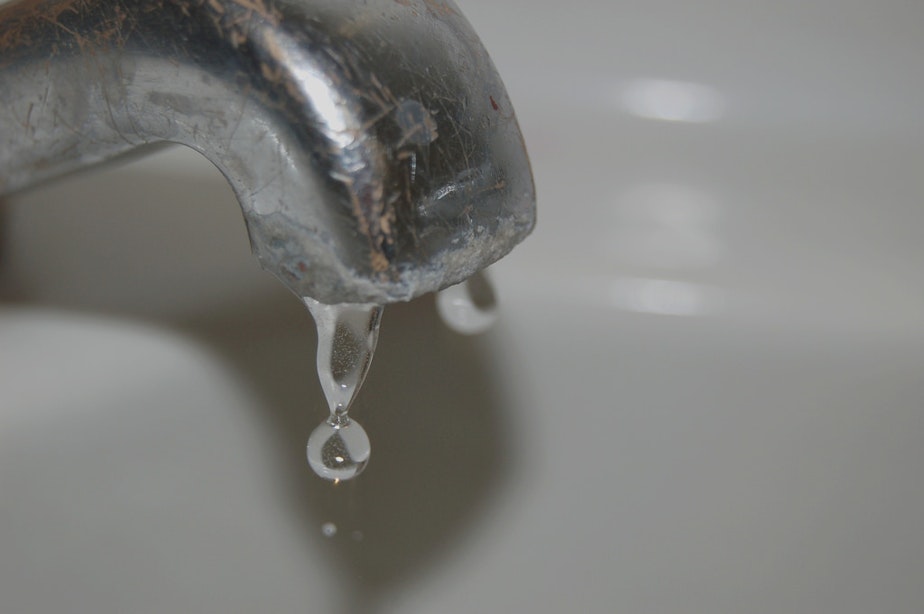How big is Tacoma's lead problem? They don't really know

People in Tacoma, Washington still don't know how bad their lead problem is.
The city says 1,700 Tacoma households and small businesses could be at risk. But it's unknown how many of those customers have high lead levels in their water.
Tacoma Water is testing this pool of homes will be monitoring lead levels in detail. The utility originally tested four homes that showed high levels of lead in the water. The levels at these homes were at least six times higher than levels that the EPA identifies as a threshold where utilities should take action.
The culprits in the lead issue are old connectors called lead goosenecks. They connect homes to the city's water main.
The lead connectors have been changed at the four tested homes and results expected later Monday should indicate whether this has fixed the problems for those households.
Sponsored
Tacoma’s water quality manager Chris McMeen said they're still doing testing. For now, they're asking concerned residents to flush their water for at least two minutes before drinking it.
The utility's website says that the lead exposure in Flint, Michigan "prompted Tacoma Water to reexamine any remaining lead materials we may still have in our system."
When asked why it would take a crisis in Flint to prompt this reexamination, McMeen said:
“We’ve been operating under the federal regulatory construct; the lead and copper rule for over 20 years. We’ve been testing in homes for lead, we’ve adjusted treatment, we’ve invested in treatment. So I wouldn’t characterize it that we’re ignoring lead, or have ignored lead, we definitely have not done that.”
McMeen said the circumstances in Flint don’t directly apply to the situation in Tacoma, but the crisis did make utility companies across the U.S. realize that they may have to look deeper.
Sponsored
“We need to look beyond what we have believed to be adequately protected," he said. "We’re meeting the regulations, we’re providing treatment, we’re doing monitoring, but is it enough?"
McMeen said the testing that Tacoma Water has done wasn’t required, but it is part of their desire to find out if the utility is doing all it can.
“We think our treatment is effective. Our testing indicates it is. But we need to be proactive and dig deeper. And that’s really what we’re doing,” McMeen said.
There have been reports that some elementary schools in Tacoma are providing bottled water for students and staff. McMeen said they are aware of the reports but the utility is confident there are no gooseneck connectors affecting schools in the Tacoma school district.
McMeen said Tacoma customers can contact them via the Tacoma Public Utilities website if they’re concerned.
Sponsored
Seattle water managers are following Tacoma's example and are also looking at goosenecks in the city.
Seattle Public Utilities said Monday they haven't found elevated lead levels at any of the five homes they tested over the weekend. SPU isn’t entirely sure that any of the homes they tested have a gooseneck connection. They plan to continue working this week to find out.
SPU says, for now, residents should keep flushing taps to clear standing water as a precaution.

